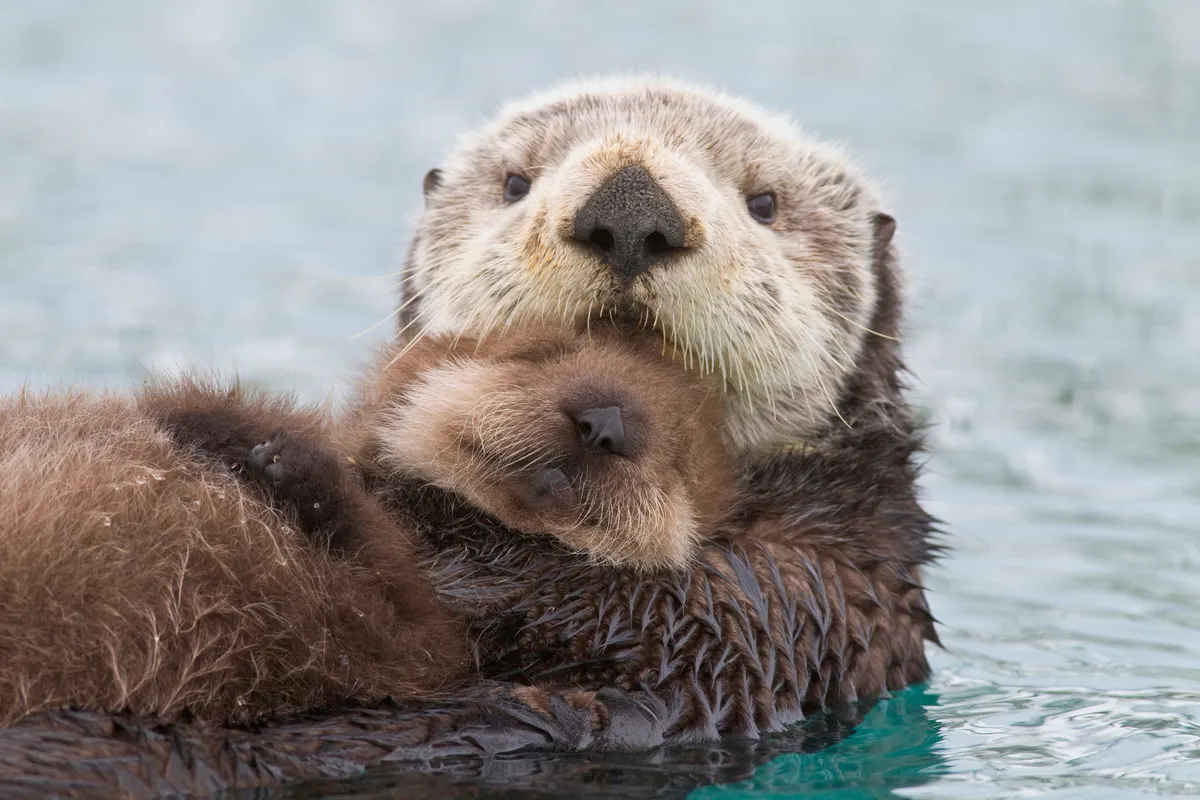Carnivorous mustelids in the Lutrinae subfamily, there are 13 otter species found around the world, including the giant river otters, North American river otter, Asian small-clawed otter, European otter, Japanese river otter and African clawless otter, as well as many less well known species. Only one species is native to the UK and still remains an elusive creature to spot, although it has made a comeback since the 1950s when it was becoming an endangered species.
Some species of otter are quite common and easy to see in the right places, but others are extremely rare and very difficult to find.
Otters are well adapted to life on both land and in water, and have webbed feet for swimming, dense fur for warmth, and can close their ears and nose underwater. An agile hunter of fish, learn more about this carnivorous, semi-aquatic mammal, including how to identify each species, habitat, diet and other key species facts.
Where do otters live?
Otters live in a wide variety of watery locations, from the mighty Amazon to the heart of Singapore. But the sea otter's habitat is unique, as they only live in shallow coastal waters in the North Pacific ocean.
As predators that are near the top of the food chain, otters are hugely important for keeping their environments balanced.
Research has shown that sea otters are vital to the health of carbon-absorbing kelp forests. They prey on sea urchins that feed on kelp. In environments where sea otter populations have been reintroduced, tall kelp forests are flourishing.
What do otters eat?
Many otters eat tough food, particularly sea otters that inhabit the shallow coastal waters of the northern Pacific. They're renowned for preying on hard-shelled marine invertebrates, including abalones, sea urchins, clams, mussels and crabs, usually fracturing the shells with their teeth.
A sea otter can consume up to 11kg of food every day to support its high metabolism – that’s about a quarter of its own body weight! The energy demands of a sea otter mother increases by 17 per cent after giving birth.
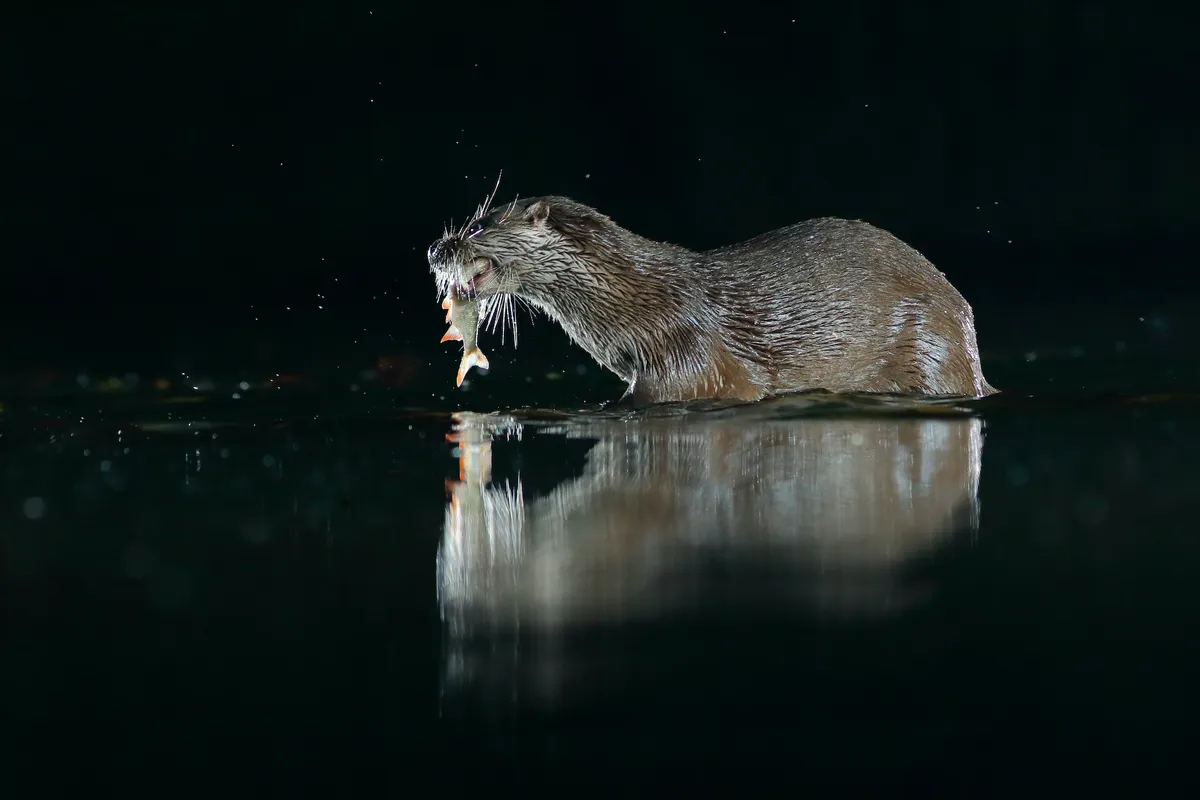
How fast can otters swim?
Many species of river-dwelling otter can swim quite quickly - they have to be strong swimmers to catch fish and fight the flow of the river. With the giant otters of the Amazon growing up to 2m in length, you can imagine that they can swim pretty speedily when they want to!
More surprisingly, sea otters are quite slow swimmers, although they are extremely agile. They spend the majority of their lives on their backs, only flipping over onto their fronts when greater speed is required. To swim faster they use their webbed feet for propulsion and undulate their bodies.
Sea otters can reach 9kph underwater, North American river otters are faster at 11kph, and the maximum speed of the giant river otter is an impressive 14kph.
What is a group of otters called?
It's not unusual to see a mother otter with her cubs, but families aside, it depends on the species. Many are mostly solitary apart from the breeding season, whereas others live in groups all year round.
The most gregarious by far are sea otters, which are polygynous (males mate with multiple females). While mothers and pups are usually solitary, sea otters can form social groups of up to a few dozen. When on water, these groups are called rafts, and the largest one ever recorded contained up to 2,000 sea otters.
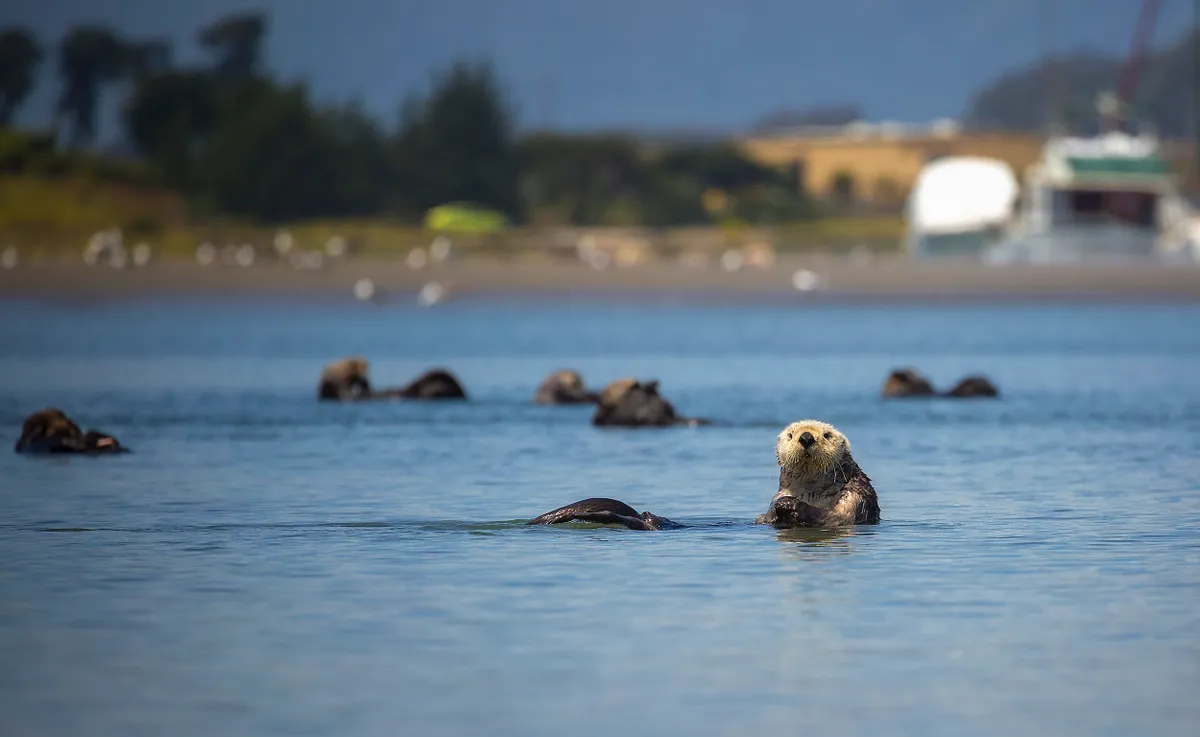
Why are otters endangered?
The answer varies by species and location. Eurasian otters numbers decreased drastically throughout the UK in the late 1950s and early 1960s. Habitat loss and pollution played a major part in the decline. However, they have since staged a remarkable comeback in the UK, where they're now once again present in every single county.
But habitat loss and hunting have brought many populations of other otter species crashing down around the world, especially in more tropical locations.
North American sea otters are something of a recent success story after they were brought close to extinction in the 19th century, widely hunted for their fur. This was stopped by the establishment of the International Fur Seal Treaty in 1911. Populations in Canada and California are now doing well.
What is an otter's home called?
Otters have their cubs in underground dens called holts, which they dig themselves. They will also use hollows under trees or old rabbit holes.
Their droppings are known as spraints and can be identified by an odour that is said to range from musky mown hay to jasmine tea to rotting fish.
How do otters stay warm?
A sea otter’s pelt is the thickest of any mammal. It is made up of a waterproof top layer and a short underlayer, which can contain as many as one million hairs per square inch. This makes up for its lack of blubber in the cold Pacific water. Even a baby sea otter can stay warm on the open ocean, but they do need some help from their mothers.
Winter brings many challenges for Eurasian otters. The species has no seasonal fur variation, so expends far more heat and energy swimming and diving in colder waters despite its dense, double-layered coat.
A daily food intake of 15–20% of body weight is key to survival, and otters adapt their patterns of predation and hunting behaviour to make the most of the prey available during these leaner months.
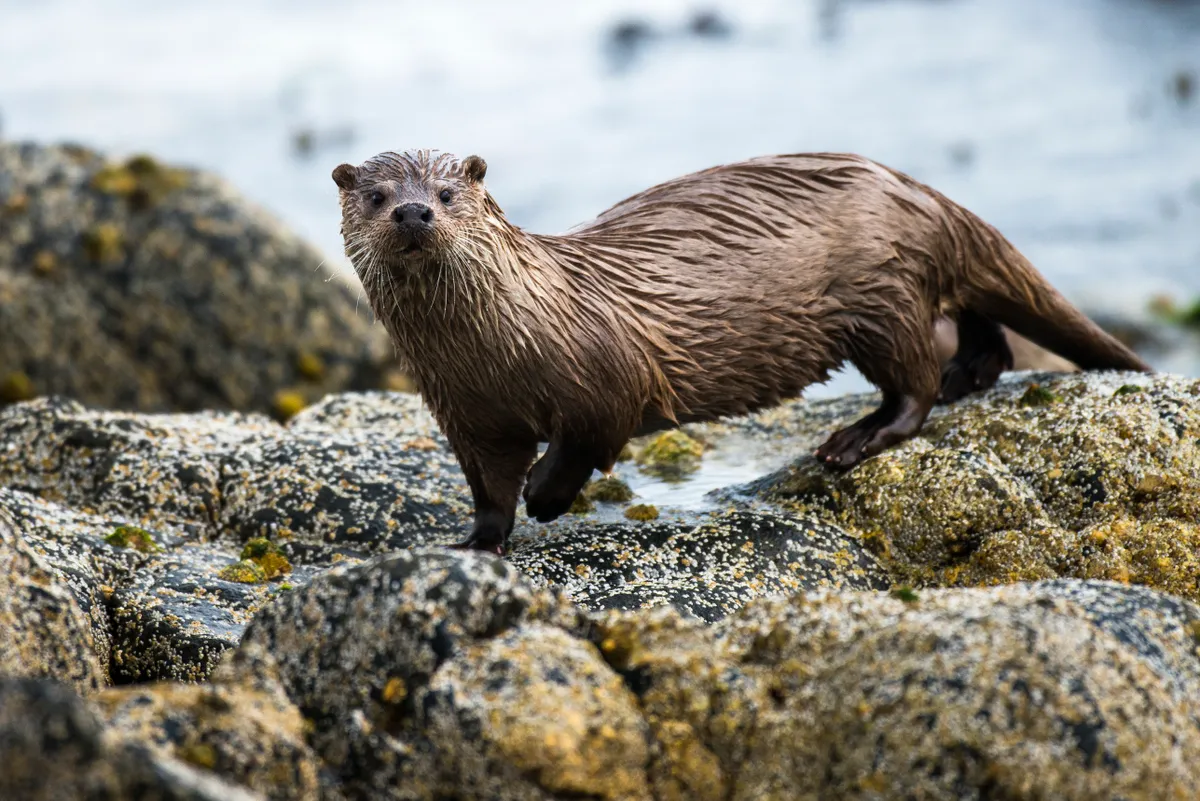
Scottish coastal otters, for example, which usually forage and hunt throughout the day in summer, instead seek prey more intensively in the mornings (though, interestingly, camera-traps set by the International Otter Survival Fund have revealed that they are in fact also active at night).
Winter brings many other dangers to otters. If conditions are mild and wet, cubs can drown in flooded holts. Swollen, murky waters also make swimming more difficult, forcing the animals onto busy roads. You can see why only 50% of youngsters survive to see the spring.
How to identify otter species
1
Eurasian otter (Lutra lutra)
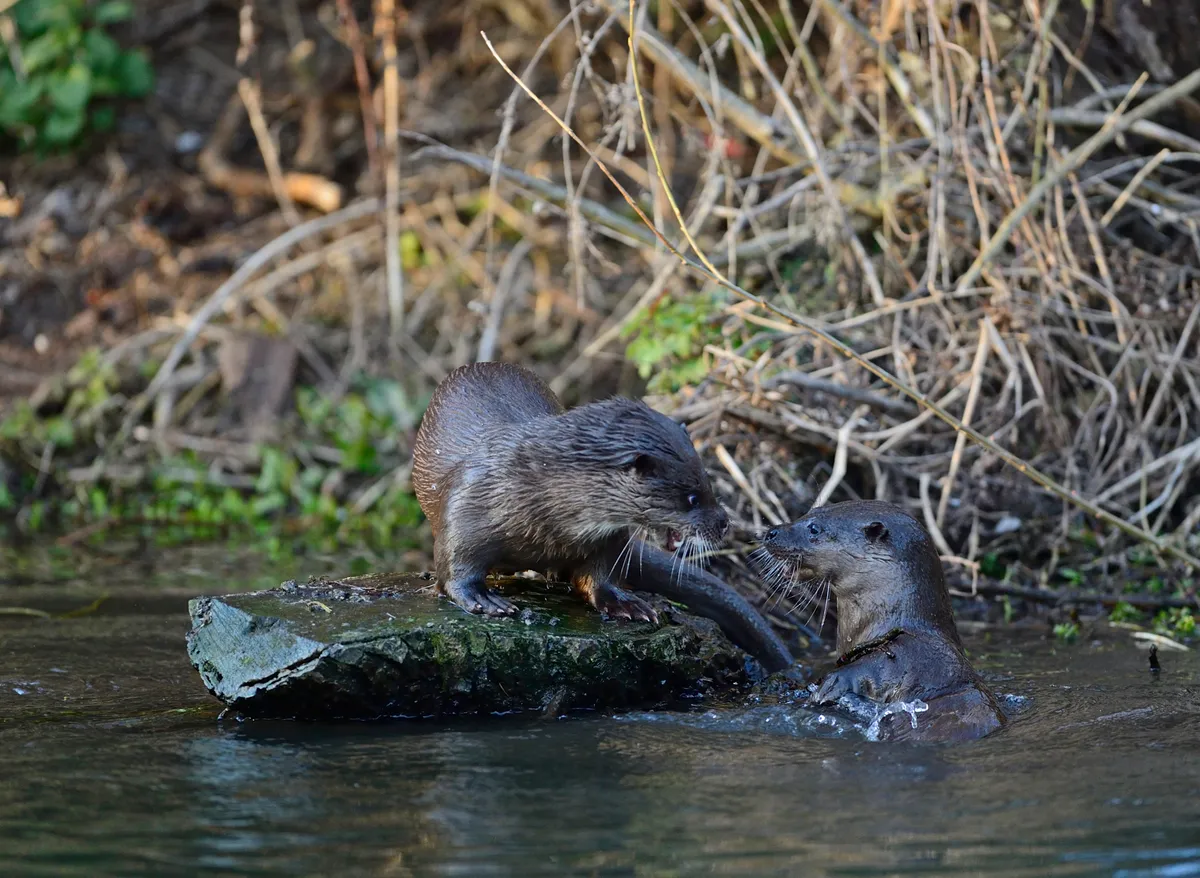
This species is the most widely distributed of all the otters, ranging through Eurasia up to the Arctic Circle, from Ireland to Kamchatka, and south to North Africa, Sri Lanka and Indonesia.
Their varied and adaptable diets mean they may inhabit any unpolluted body of fresh water, including lakes, streams, rivers, and ponds, as long as there are adequate food supplies. On the Shetland Islands, some otters have been known to abandon fishing in favour of rabbit hunting.
As of 2011, they can be found in every English county, including some urban rivers.
The Eurasian otter's scientific name, Lutra lutra, is an example of a tautonym where the genus and specific name are the same.
Status: Near Threatened
2
Hairy-nosed otter (Lutra sumatrana)
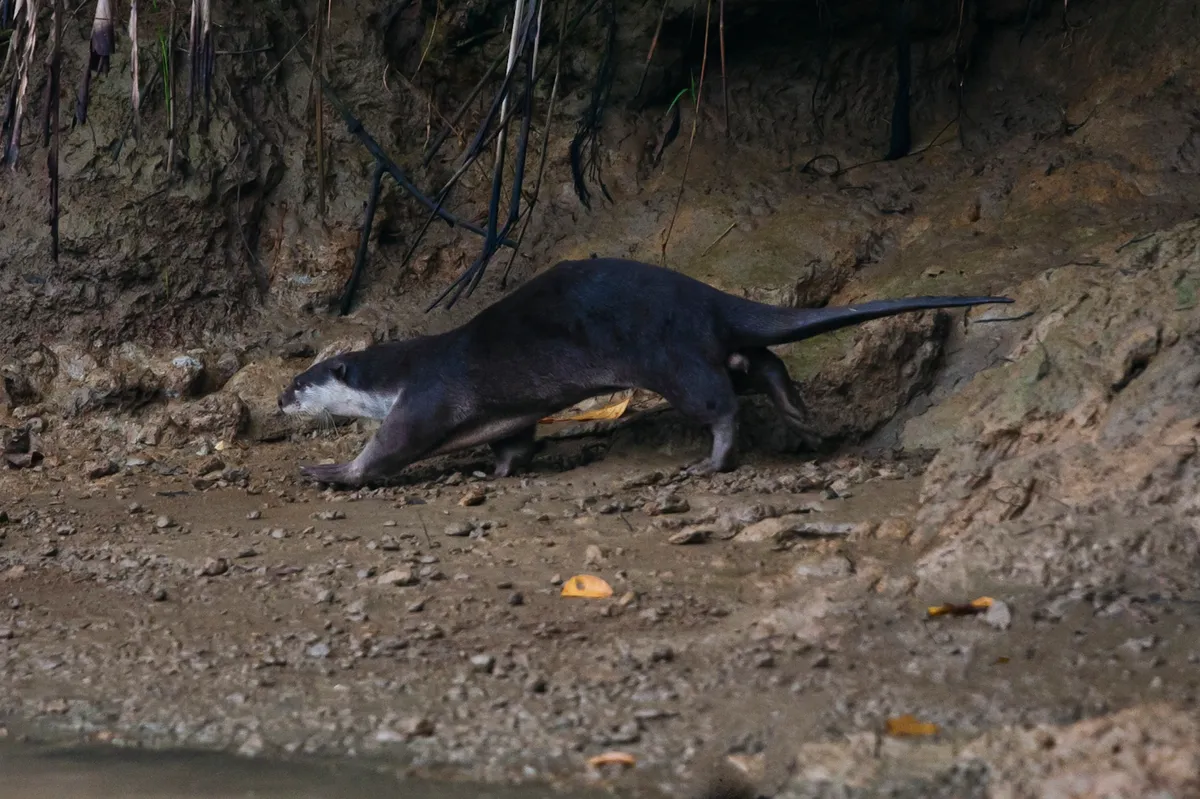
This otter is found in coastal areas and on larger inland rivers across Southeast Asia (Myanmar, South Thailand, Cambodia, South Vietnam and Peninsular Malaysia, including Sumatra and Borneo).
Extremely few individuals survive in Vietnam, southern Thailand, Sumatra and Cambodia, mainly due to poaching.
It is one of the rarest otter species. Until 1998, it was thought to have been extinct, but small populations have been discovered since then.
Status: Endangered
3
Spotted-necked otter (Hydrictus maculicollis)
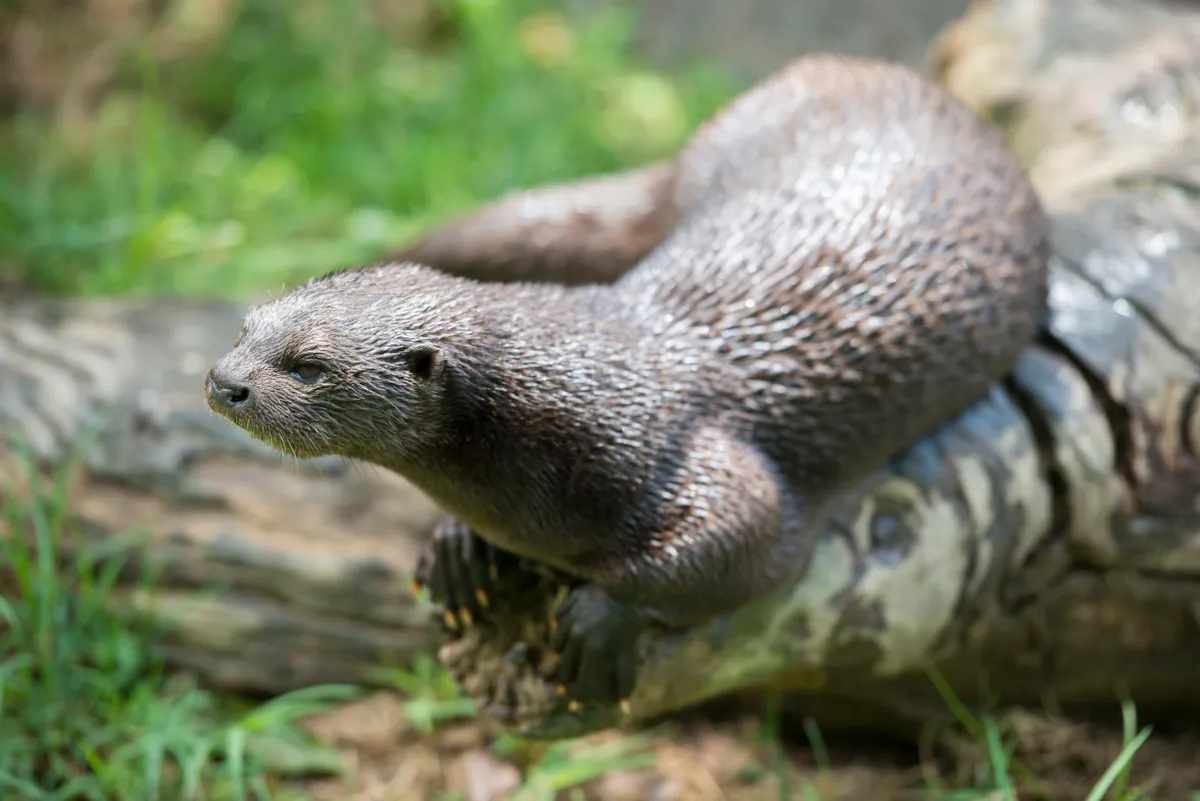
Spotted-necked otter. © Ariadne Van Zandbergen/Getty
Until recently, the spotted-necked otter was considered to be part of the Lutra genus, but it is now placed in the Hydrictus genus.
It is common in Lake Victoria and Zambia, but not in some lakes and rivers, such as in the Zambezi below the Victoria Falls.
Status: Near Threatened
4
Smooth-coated otter (Lutrogale persipicillata)
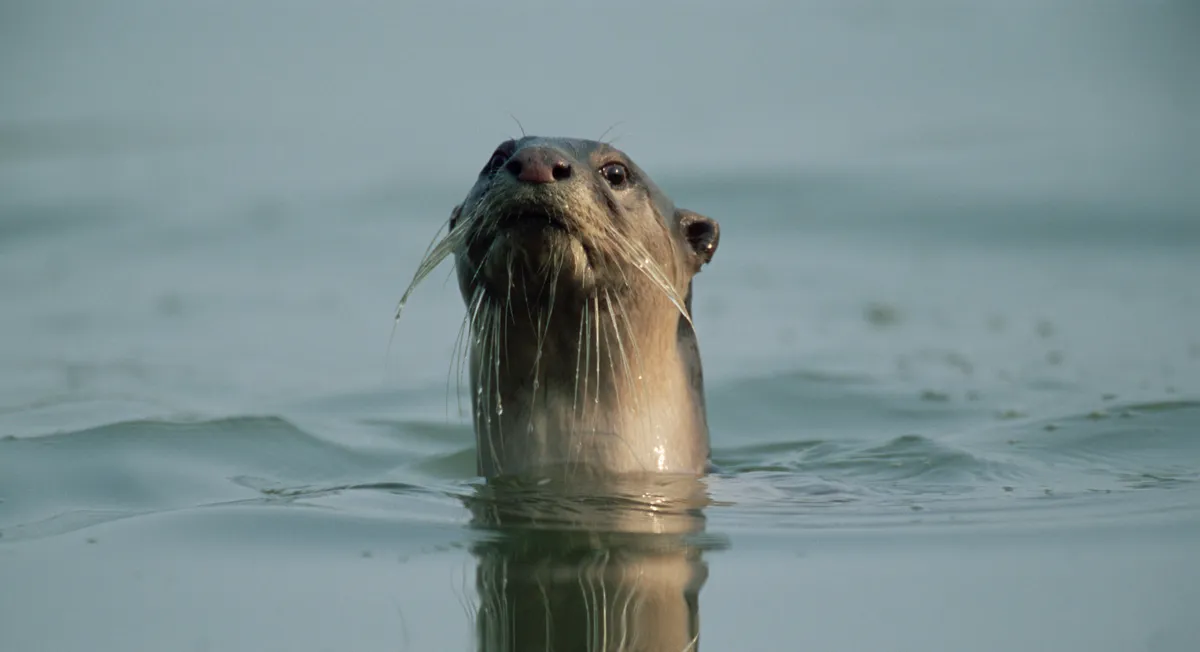
Smooth-coated otters occur throughout much of the Indian Subcontinent in Java, Sumatra and Borneo, northward to south-western China, east through Nepal and Bhutan and India to Pakistan, excluding the Indus Valley. An isolated population of the species is also found in the marshes of Iraq indicating the range must once have been wider.
The fur of this species is smoother and shorter than that of other otters, and they use scent to communicate both within the otter species, and with other animals. In the past, this species was widely employed throughout its range by fishermen, with trained animals being highly valued.
Status: Vulnerable
5
North American river otter (Lontra canadensis)
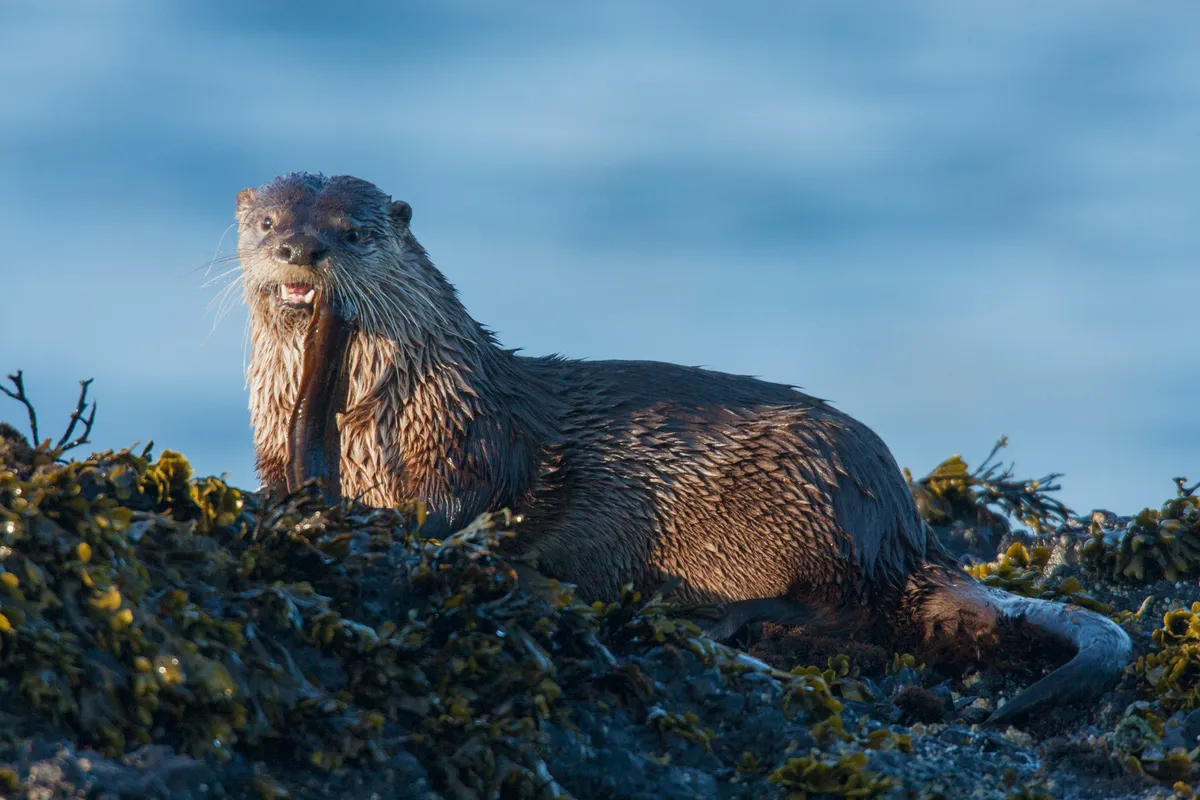
This species occurs throughout the USA and Canada, and has been reintroduced to midwestern USA in order to expand its distribution.
Due to trapping, water pollution and habitat degradation, the numbers of North American river otter had declined through most of their range by the early 1900s.
Status: Least Concern
6
South American river otter (Lontra provocax)
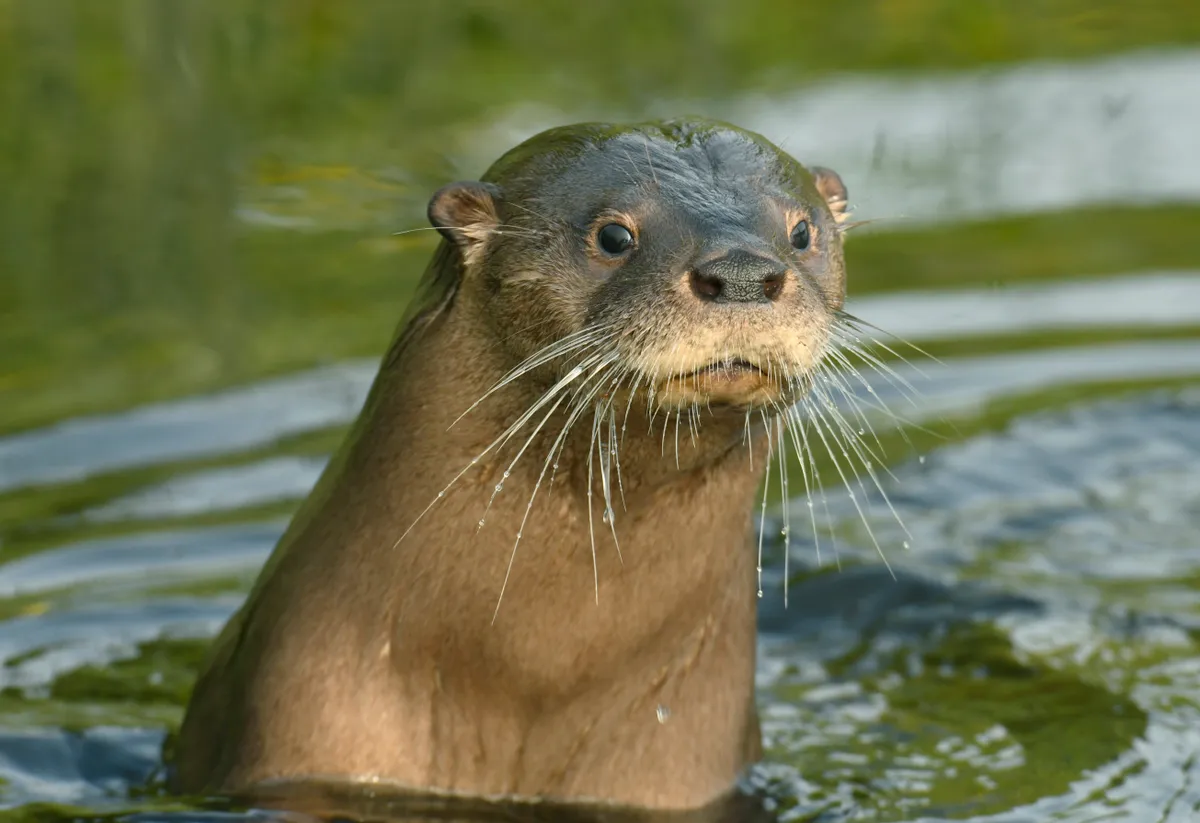
The South American river otter can be found in marine, freshwater, and terrestrial habitats throughout Chile and Argentina.
This species once had an extensive distribution from the Cauquenes and Cachapoal Rivers to the Magellan region in Chile, but is now restricted to seven isolated areas from Cautín to Futaleufú due to overhunting.
Status: Endangered
7
Neotropical river otter (Lontra longicaudis)
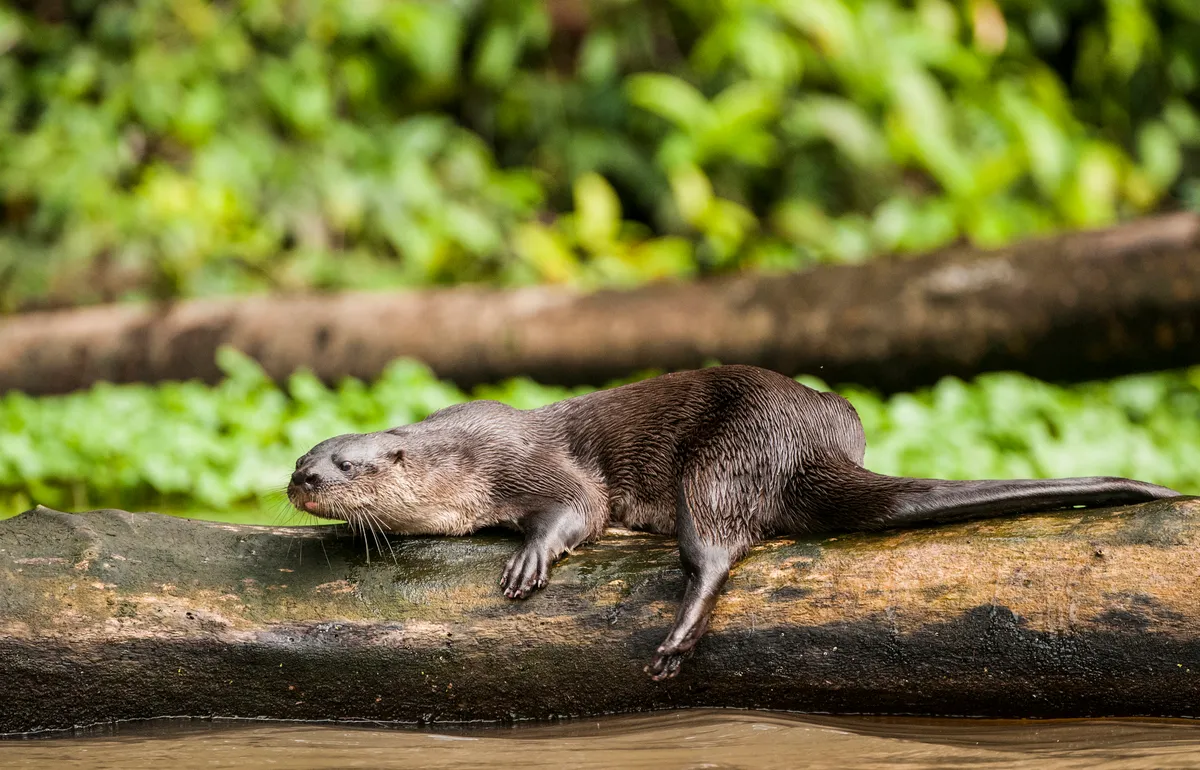
This species has the widest distribution of all the Lontra species, from northern and central Argentina up through south and central America to northwest Mexico.
The Neotropical otter is the greatest generalist of all otter species, inhabiting a range of habitats including wastewater treatment plants, rice and sugar cane plantations, drainage ditches and swamps to cold, glacial lakes in the Andes of Ecuador.
Status: Near Threatened
8
Marine otter (Lontra felina)
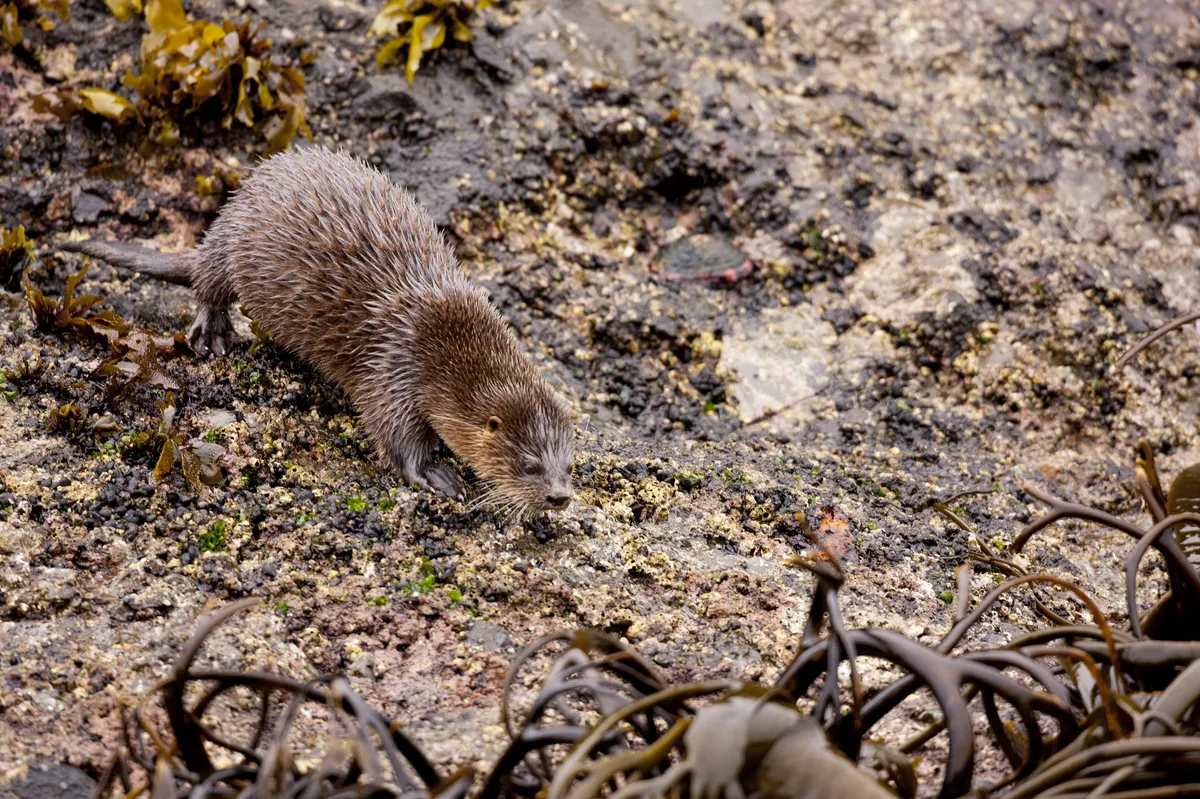
The marine otter is found along the western coast of the South American continent, with patchy distribution due to some unsuitable habitat and increased human occupation.
Status: Endangered
9
Giant otter (Pteronura brasiliensis)
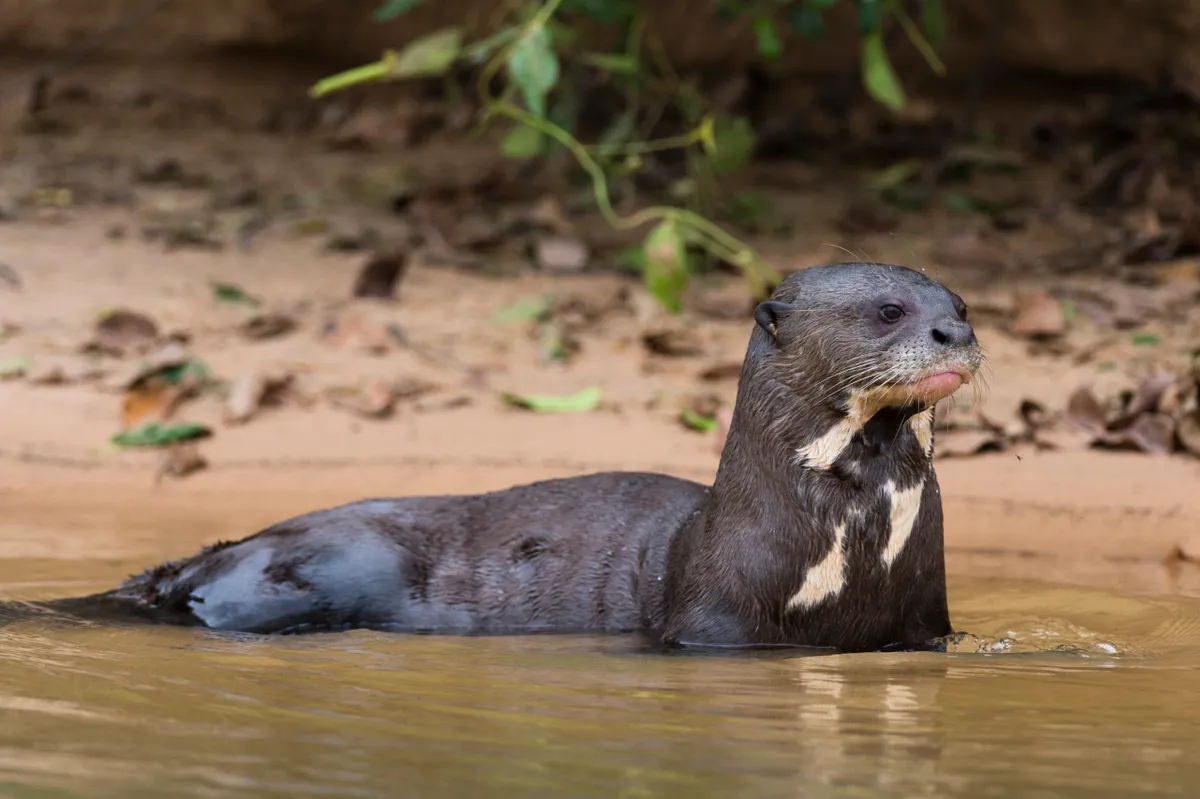
The giant otter is found in South America in a range of countries including Peru, Venezuela and Brazil. As the largest otter, it can reach up to 2m in length.
It is a gregarious species, living in groups of up to 20 individuals, and will attack potential predators such as caimans.
Status: Endangered
10
Asian small-clawed otter (Amblonyx cinereus)
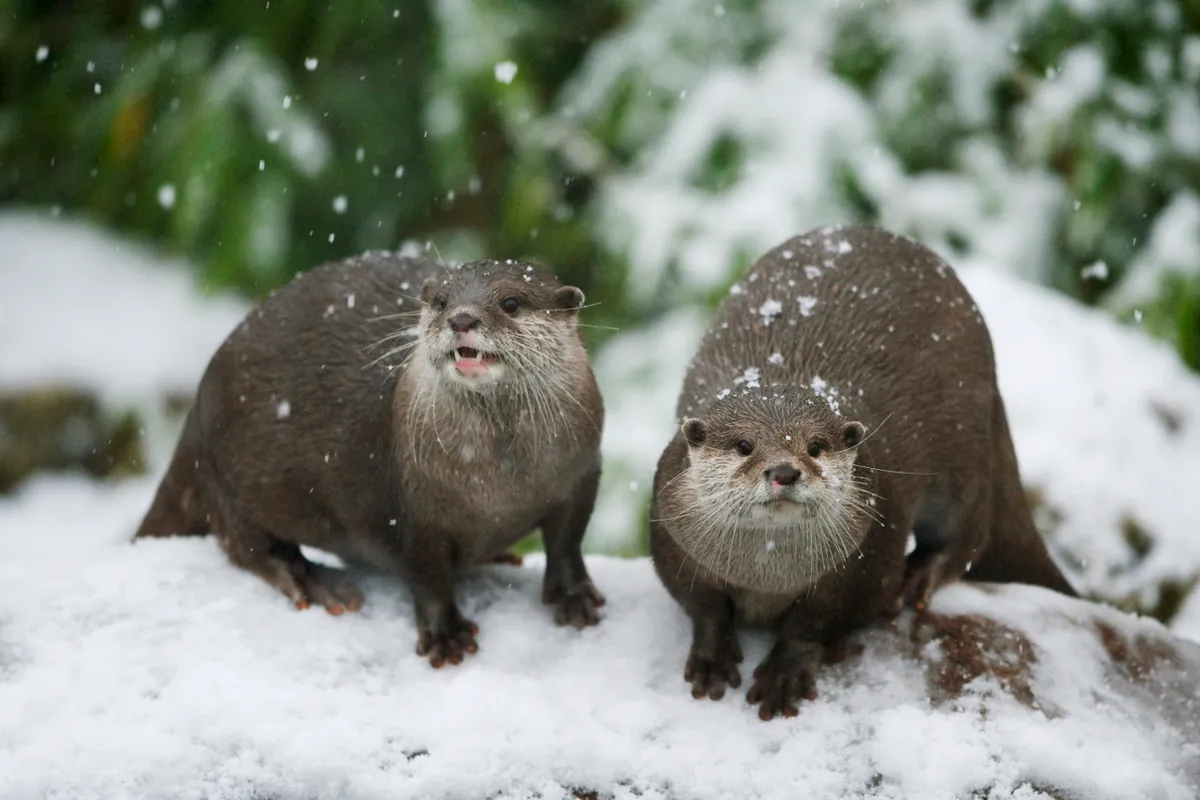
Also known as Oriental small-clowed otters, these otters are often seen in zoos, which makes them one of the more familiar otter species for many people. In the wild, the distribution range of this species includes India, Taiwan and southern China.
Status: Vulnerable
11
African clawless otter (Aonyx capensis)
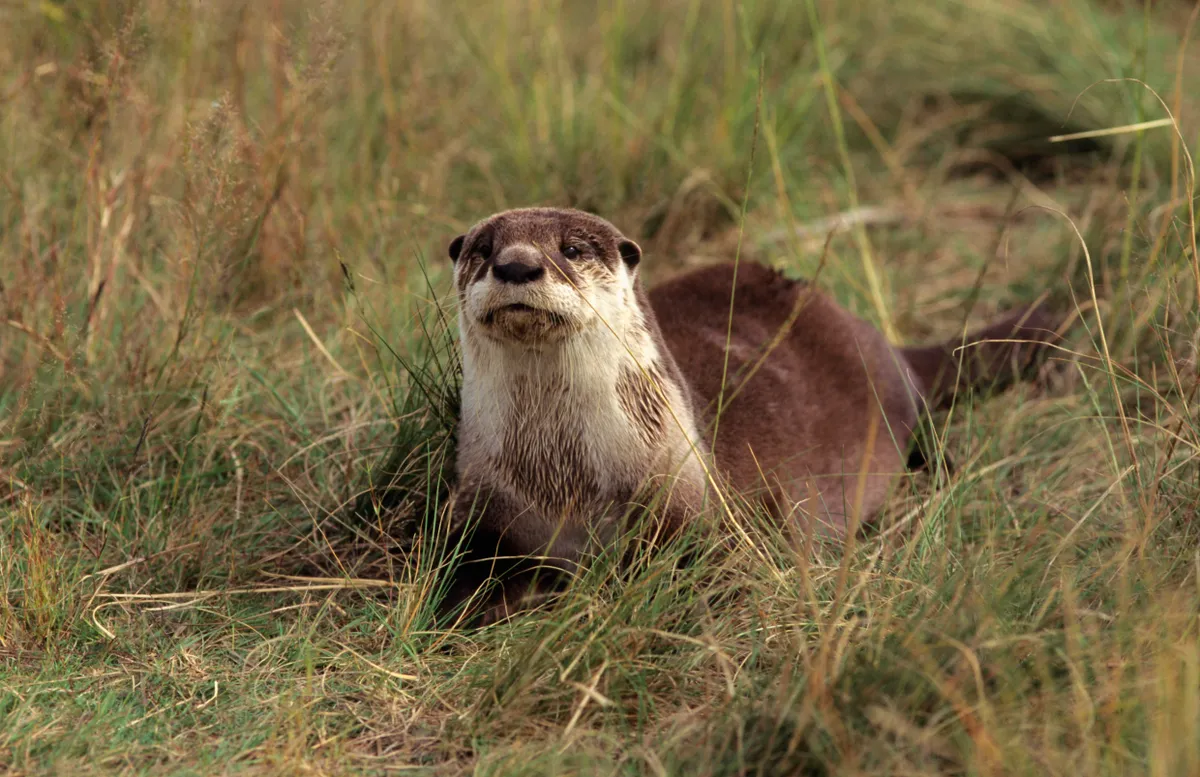
Also known as the Cape clawless otter, the African clawless otter is found through much of sub-Saharan Africa. This species can grow quite large, almost as big as the giant otter, and weigh up to 18kg.
Status: Near Threatened
12
Congo clawless otter (Aonyx congicus)

There is some debate as to whether the Congo clawless otter is a separate species to the African clawless otter (A.capensis), but it is considered a separate species by the IUCN Otter Specialist Group.
It is found in the rainforests of the Congo basin including Democratic Republic of Congo, Equitorial Guinea and Gabon.
Status: Near Threatened
13
Sea otter (Enhydra lutris)
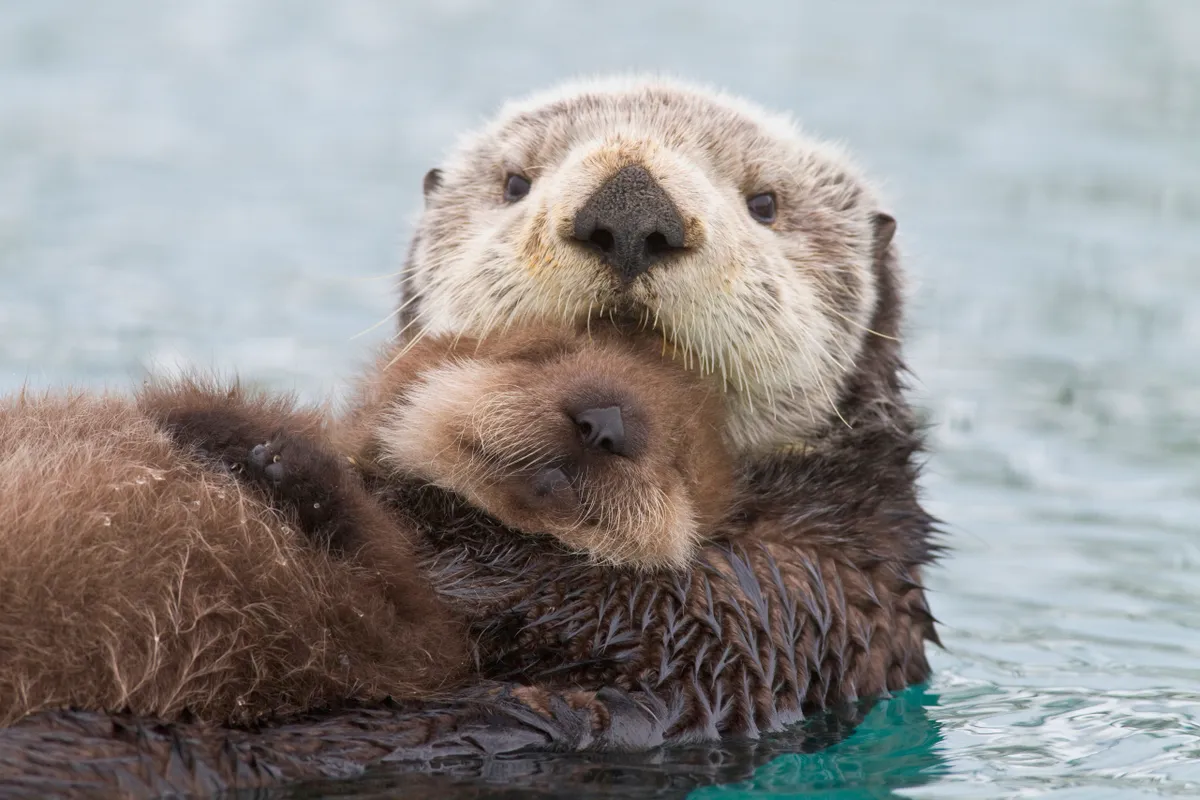
It is found most often in areas with protection from the most severe ocean winds, such as rocky coastlines, thick kelp forests, and barrier reefs.
Sea otters are native to the coasts of the northern and eastern North Pacific Ocean. Currently stable populations exist in parts of the Russian east coast, Alaska, British Columbia, Washington, and California, with reports of recolonisations in Mexico and Japan.
Though they typically forage alone, sea otters tend to rest together and link arms in single-sex groups called rafts. A raft typically contains 10 to 100 animals, but the largest raft ever seen contained over 2000 sea otters.
Not all otters use tools, but sea otters use them all the time. They typically use rocks and empty shells to feed on marine snails, crabs, sea urchins and mussels. There are only a handful of non-primate species known to use tools, including dolphins and octopuses.
Sea otters are also known to juggle rocks and even form an attachment to a certain stone and have been known to retain it by keeping it in their armpit!
Status: Endangered
How do sea otters avoid breaking their teeth?
A study has revealed that sea otter tooth enamel is much tougher than that of humans, helping to prevent their teeth from being chipped when cracking into the prey using their high bite force. The animal's enamel contains additional layers of a protein-rich gel that works to prevent cracks from spreading.
However, when tackling species with the heaviest armour, such as as marine snails and thick-shelled bivalves, sea otters often employ tools. They typically use a rock as an anvil and repeatedly bash their prey against it until the shell cracks open, then extract the meat from the shell with their canines.
Indeed, research suggests that the sea otter's bite force may not be sufficient to open the hardest-shelled prey items, hence their use of tools. In fact, sea otters are one of the only mammals (apart from primates) to have developed tool use.
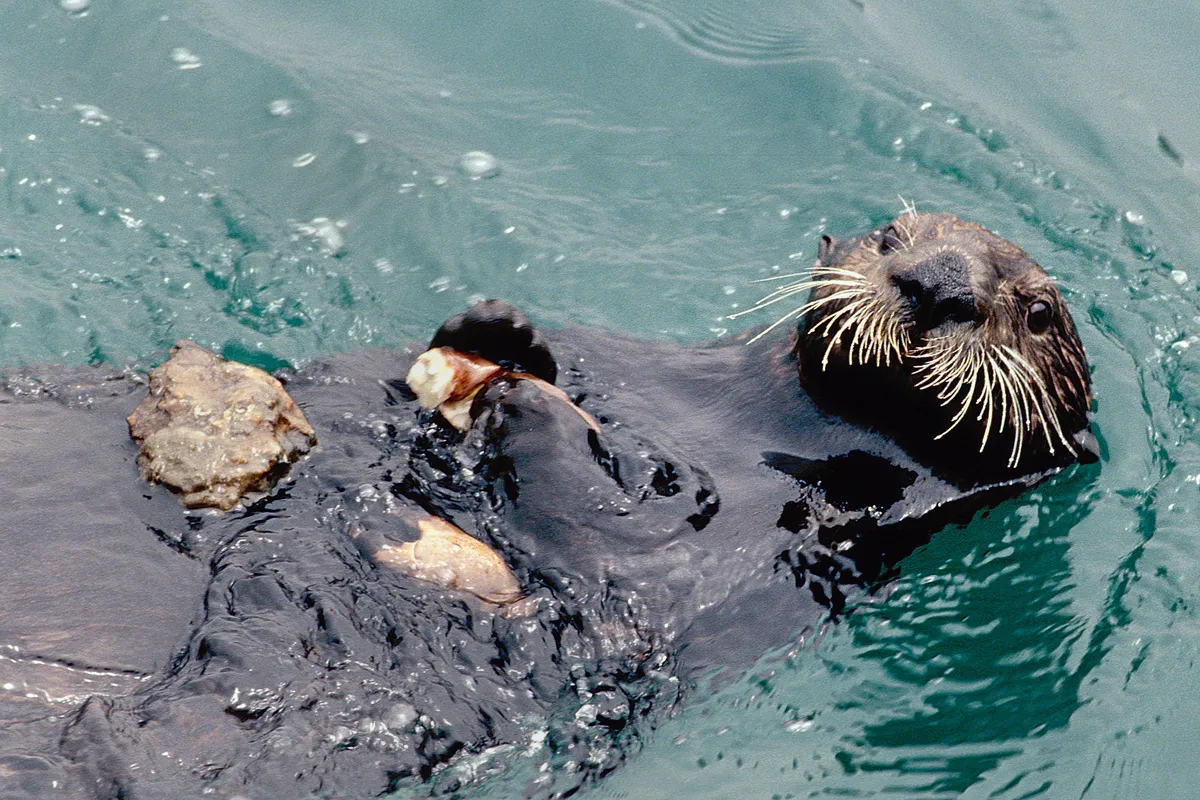
How do sea otters give birth?
Sea otters give birth in water. Most females have only one pup at a time. The mother will produce milk, hunt and teach the pup how to dive for food until the youngster is five to eight months old and can fend for itself.
